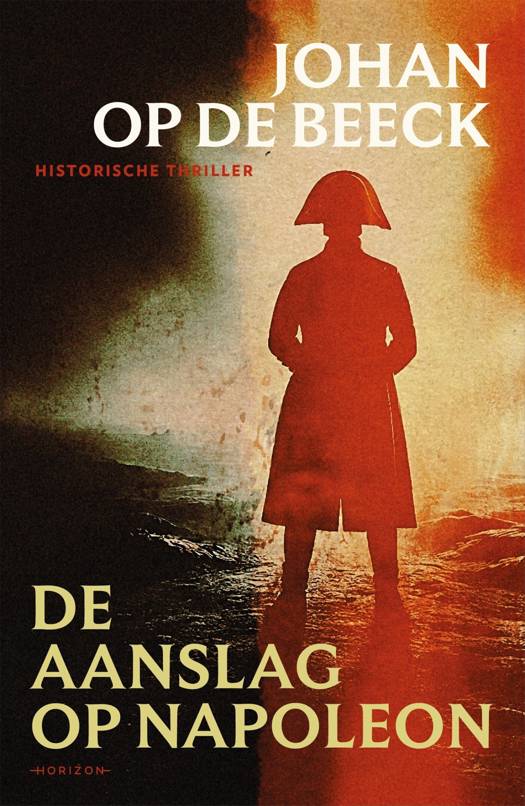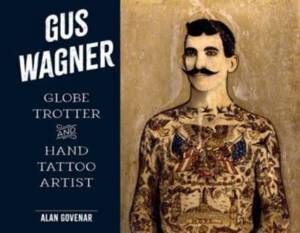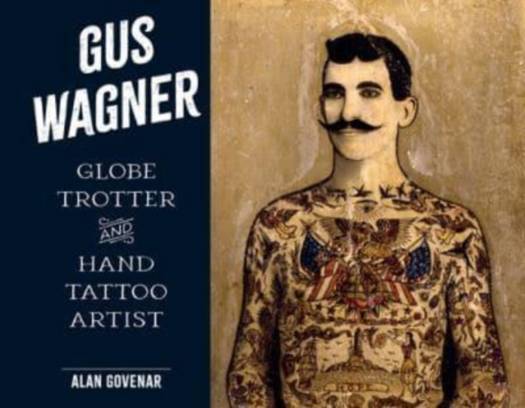
- Afhalen na 1 uur in een winkel met voorraad
- Gratis thuislevering in België vanaf € 30
- Ruim aanbod met 7 miljoen producten
- Afhalen na 1 uur in een winkel met voorraad
- Gratis thuislevering in België vanaf € 30
- Ruim aanbod met 7 miljoen producten
Zoeken
Omschrijving
In 1897, Gus embarked on a four-year career as a merchant seaman. While traveling the world, he discovered the art of tattooing, learning to tattoo from tribesmen in Java and Borneo who showed him how to use traditional handmade tools. By 1901, Gus reportedly had 264 tattoos of his own (and over 800 by 1908), allowing him to promote himself as "the most artistically marked-up man in America." Back home, Gus embarked on a 40-year career as a traveling tattooist, tattooed man, and circus performer. He largely eschewed the new electric tattooing machines that transformed the art form after 1890, and remained faithful to his handheld instruments. With other wandering artists, he carried tattooing inland from coastal ports, making it part of the culture of small-town America in the 20th century.
This book includes
- more than 100 examples of Gus Wagner's tattoo flash as well as photos of his life and work, including his handheld tattooing tools;
- excerpts from interviews with Gus, telling his story in his own words; and
- selected passages from three of Herman Melville's novels--Typee, White Jacket, and Moby Dick, to illuminate the context of the oral history of Gus Wagner; Melville was an astute observer of hand tattoo artists and their clientele.
The tattoo flash in this book is a testimony to the richness of Gus Wagner's image vocabulary, his life, and his artistic influences. This is the first in a series of three books exploring "the Last of the Hand Tattoo Artists." The next two books will focus on Gus's wife, Maud, and their daughter, Lovetta, renowned hand tattoo artists in their own right.
This book includes
- more than 100 examples of Gus Wagner's tattoo flash as well as photos of his life and work, including his handheld tattooing tools;
- excerpts from interviews with Gus, telling his story in his own words; and
- selected passages from three of Herman Melville's novels--Typee, White Jacket, and Moby Dick, to illuminate the context of the oral history of Gus Wagner; Melville was an astute observer of hand tattoo artists and their clientele.
The tattoo flash in this book is a testimony to the richness of Gus Wagner's image vocabulary, his life, and his artistic influences. This is the first in a series of three books exploring "the Last of the Hand Tattoo Artists." The next two books will focus on Gus's wife, Maud, and their daughter, Lovetta, renowned hand tattoo artists in their own right.
Specificaties
Betrokkenen
- Auteur(s):
- Uitgeverij:
Inhoud
- Aantal bladzijden:
- 128
- Taal:
- Engels
- Reeks:
Eigenschappen
- Productcode (EAN):
- 9780764367281
- Verschijningsdatum:
- 15/12/2023
- Uitvoering:
- Hardcover
- Formaat:
- Genaaid
- Afmetingen:
- 286 mm x 223 mm
- Gewicht:
- 879 g

Alleen bij Standaard Boekhandel
+ 94 punten op je klantenkaart van Standaard Boekhandel
Beoordelingen
We publiceren alleen reviews die voldoen aan de voorwaarden voor reviews. Bekijk onze voorwaarden voor reviews.











